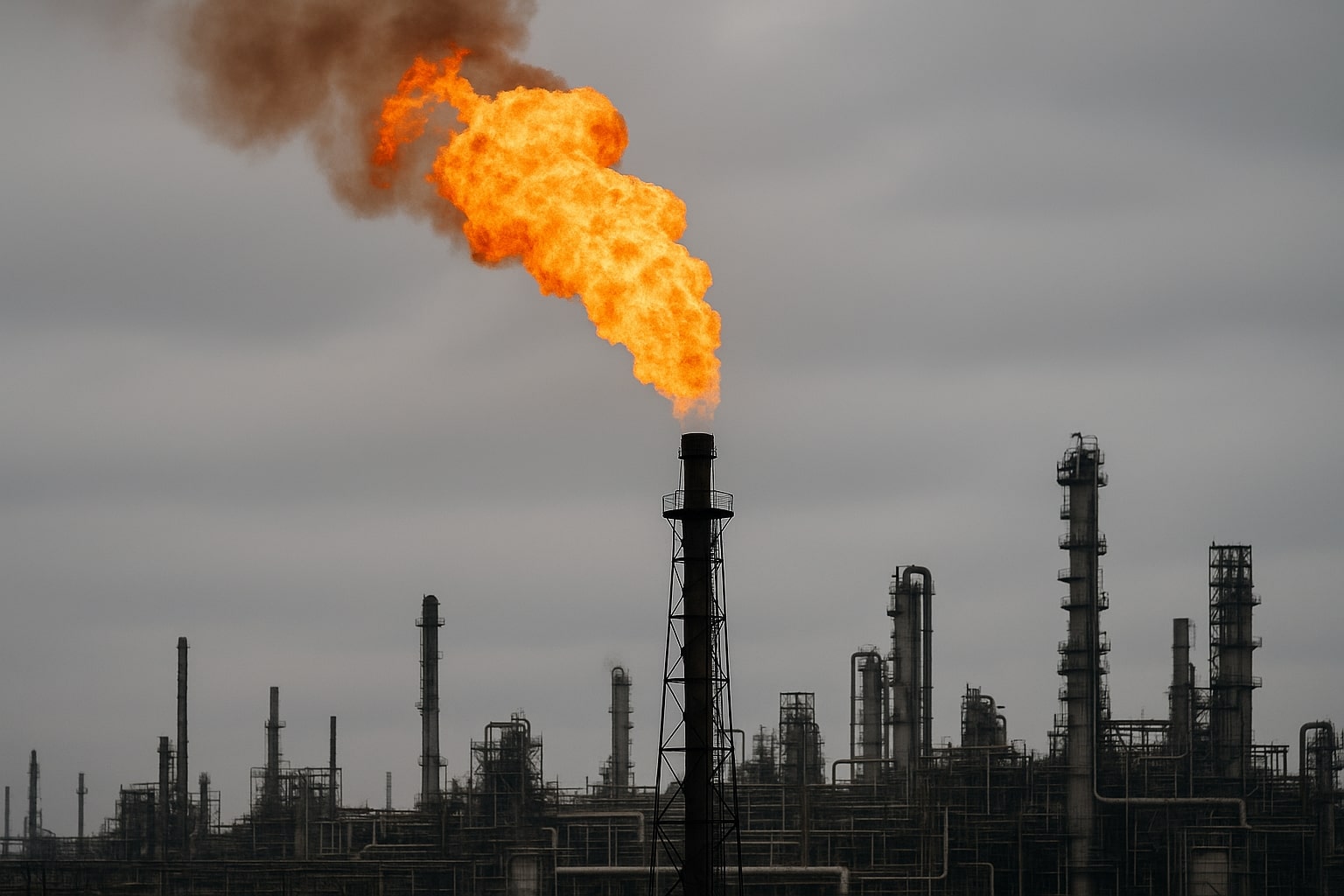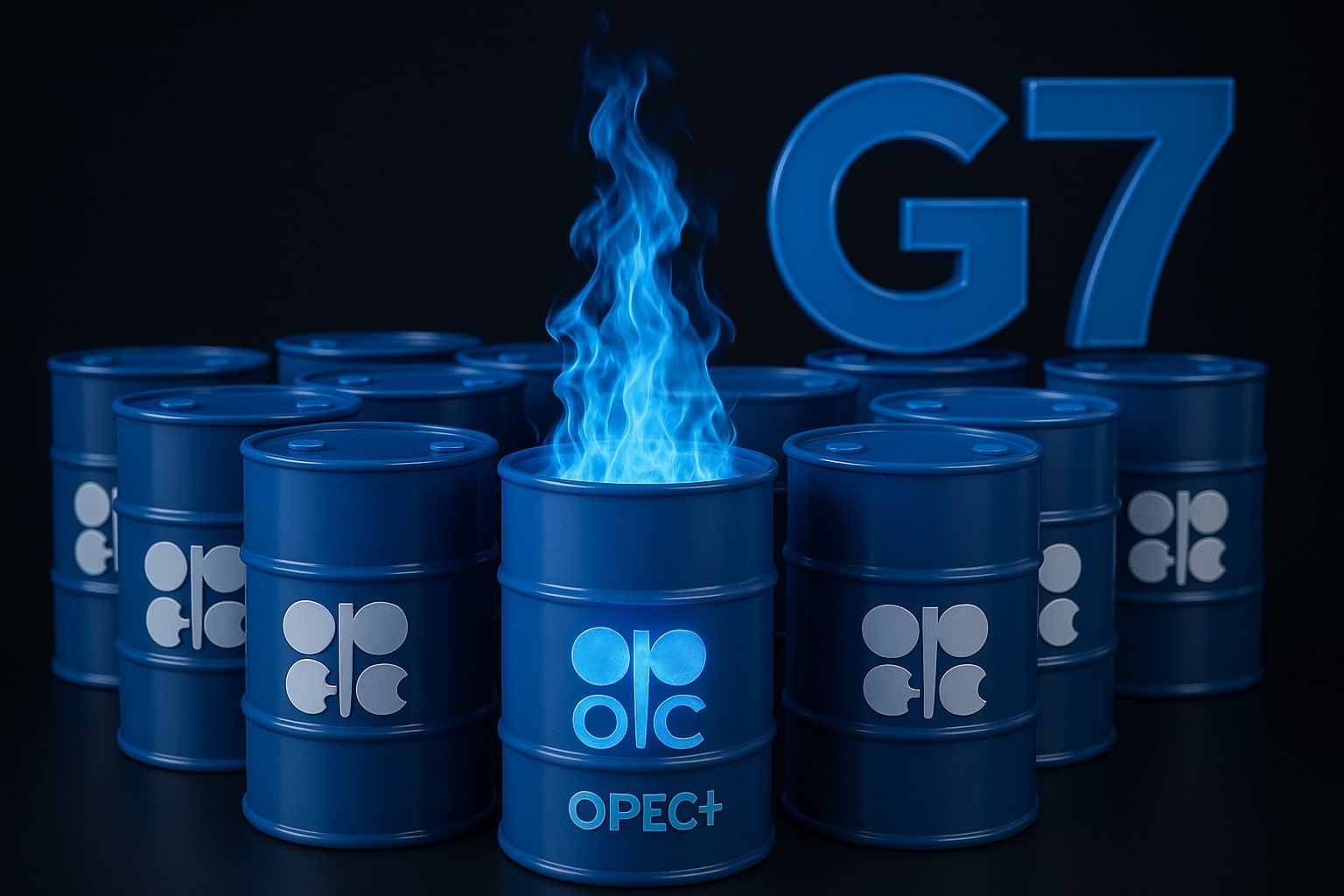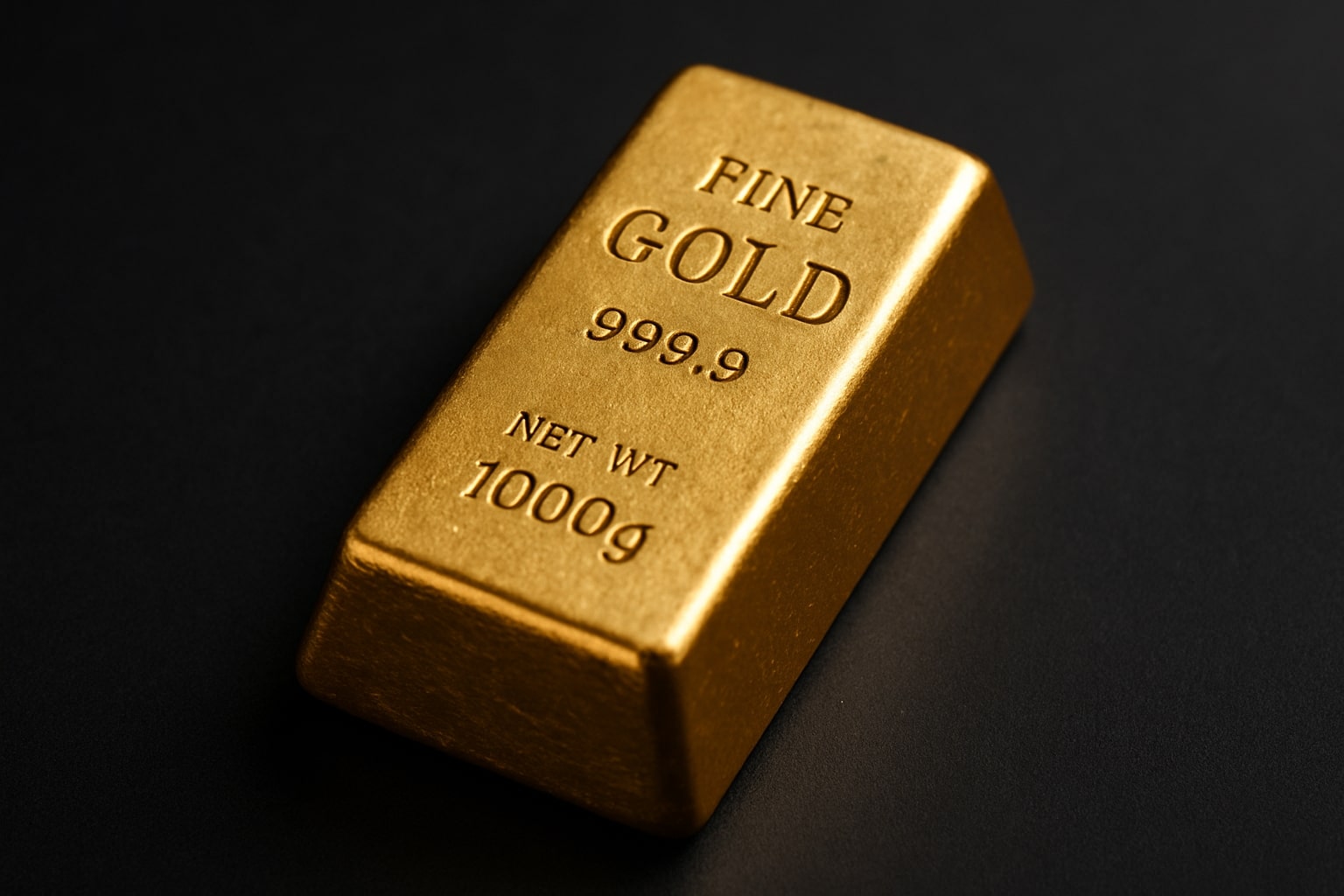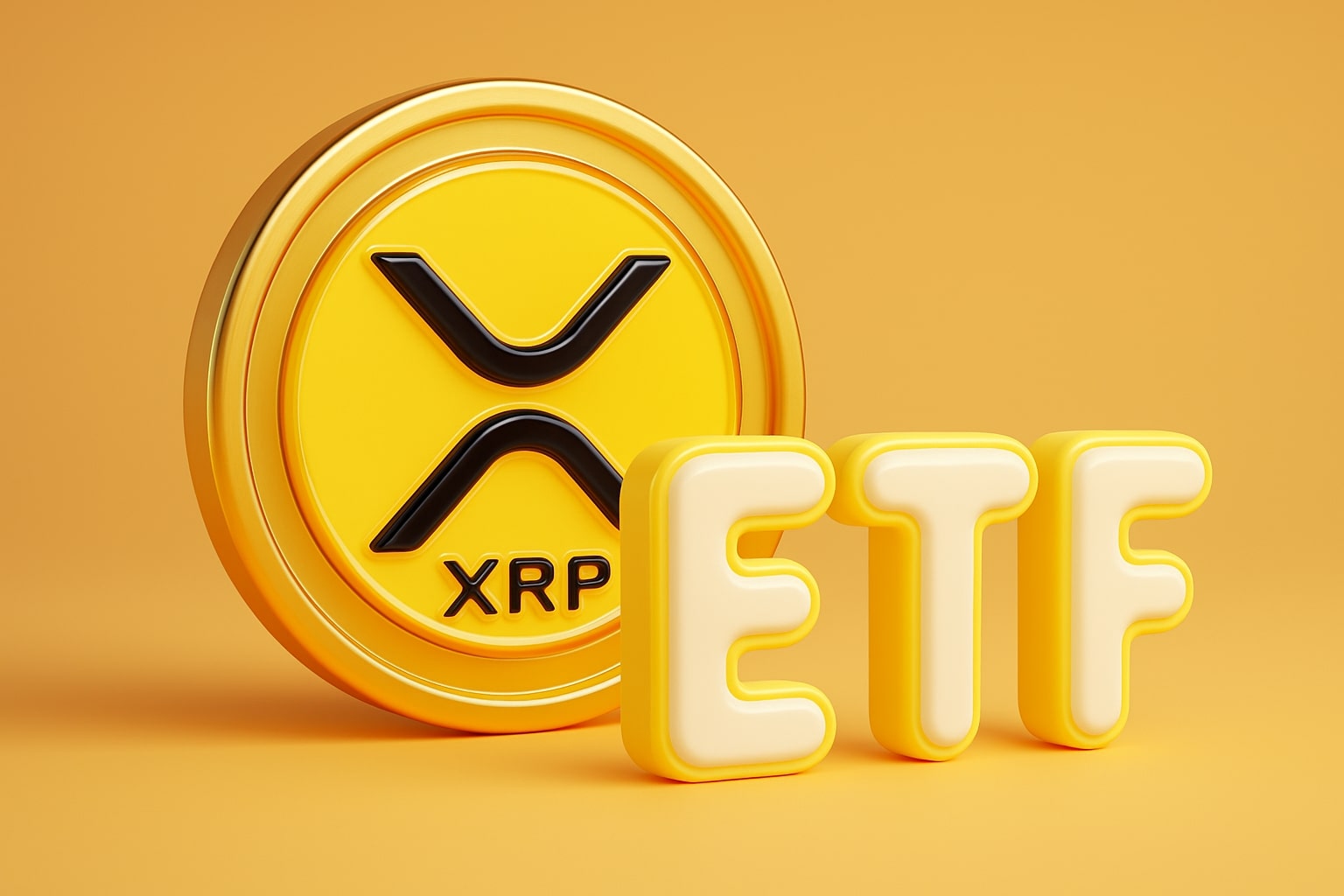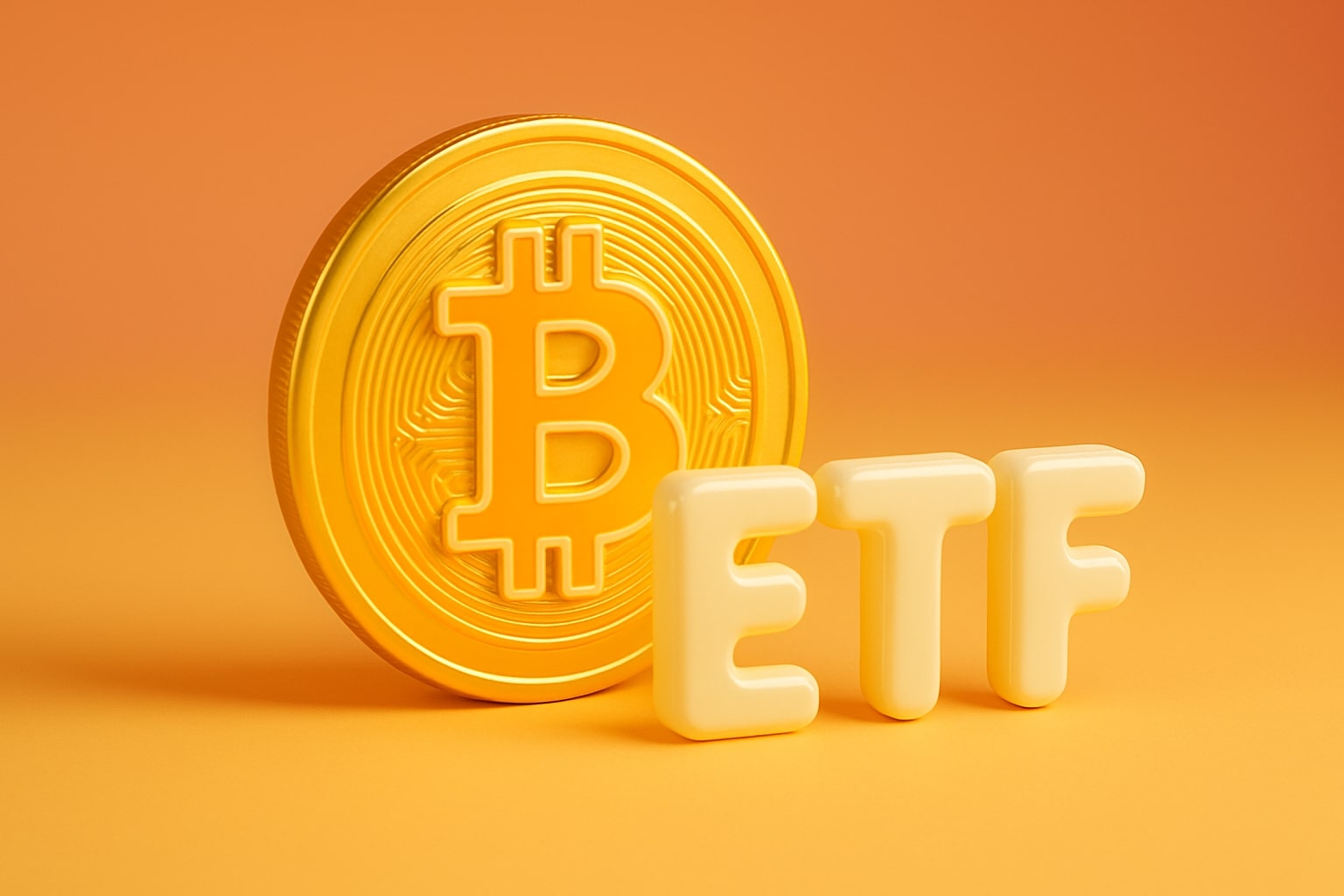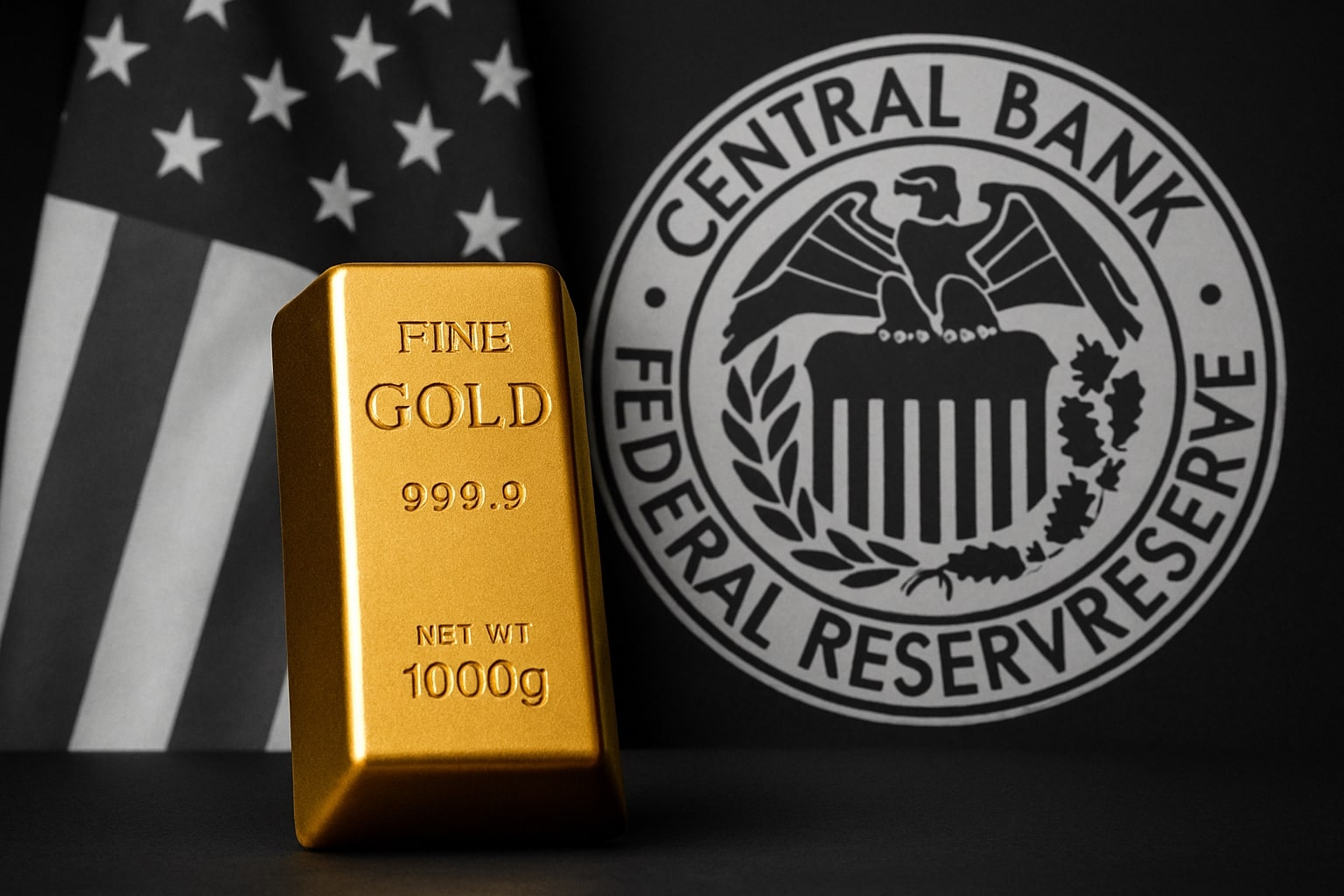
Gold Price Forecast - (XAU/USD) Soars to $4,012 After Trump’s 100% Tariffs Spark $312 Trillion Debt Shock
Gold rallies beyond $4,000 per ounce for the first time in history as U.S.–China trade tensions, Fed rate cut bets, and record central bank demand ignite a structural bull run | That's TradingNEWS
Gold (XAU/USD) Holds Above $4,000 as Trump’s 100% Tariffs Ignite Safe-Haven Demand and Central Banks Accelerate Record Buying
Gold (XAU/USD) is sustaining momentum near historic highs as escalating geopolitical risks, a renewed U.S.–China tariff war, and intensifying debt concerns push investors deeper into defensive assets. The metal is trading at $4,012 per ounce, holding above the $4,000 psychological threshold after briefly touching $4,059.35, its highest level on record. The rally follows President Donald Trump’s decision to impose 100% tariffs on Chinese imports starting November 1, 2025, a move that triggered sharp declines in U.S. equities and reinforced gold’s dominance as a global hedge. The S&P 500 dropped 2.7% to 6,552, while the U.S. Dollar Index (DXY) slid 0.6% to 99.2, amplifying demand for non-yielding metals. Treasury yields retreated, with the 10-year yield at 3.88%, giving gold additional upside tailwind as lower yields reduce the opportunity cost of holding the metal.
XAU/USD Extends Year-to-Date Rally to 53% as Investors Hedge Against Inflation, Dollar Weakness, and Sovereign Debt Risk
Gold’s ascent since January has now surpassed 53% year-to-date, its best performance since 1979. Futures on the New York Mercantile Exchange are up 51%, reflecting both institutional accumulation and heightened speculative flows. The latest surge came after a sequence of macro events: the Federal Reserve’s cautious pivot toward rate cuts in September, Trump’s tariff escalation, and a wave of safe-haven repositioning amid rising fiscal stress. Economists estimate that global government debt has exceeded $312 trillion, and investors increasingly view precious metals as protection against fiscal debasement. In China, the world’s largest gold consumer, banks such as ICBC, CCB, and Agricultural Bank of China have raised investment thresholds for retail gold accounts, citing “intensified volatility and systemic risk.” These warnings underscore the scale of demand driving the rally—both speculative and institutional—while also signaling growing caution among regulators watching for overheating.
Central Bank Accumulation Pushes Global Holdings to Multi-Decade Highs as Dollar Diversification Accelerates
Behind the retail frenzy lies an institutional shift that continues to reshape the gold market. According to the World Gold Council, central banks have added more than 800 metric tons of gold in 2025 alone, on track for the largest annual accumulation since records began. China’s central bank has increased reserves for 11 consecutive months, while India, Turkey, and Poland also expanded holdings. Analysts attribute this trend to “de-dollarization,” as nations seek to diversify reserves away from the U.S. dollar following asset freezes during the Russia-Ukraine conflict. The surge in official sector demand has created a structural bid for gold, keeping the metal supported even as speculative traders rotate in and out. The council’s report shows that ETFs now hold roughly 3,590 tons, reversing outflows seen during 2023’s tightening cycle. This institutional demand underpins the view that the $4,000 breakout is not merely a speculative anomaly but part of a multi-year structural revaluation of gold as a reserve anchor.
Fed Policy and Tariff Shock Combine to Reinforce Gold’s Macro Bullish Structure
The Federal Reserve’s September minutes revealed growing concern about weakening labor data, with the unemployment rate hovering near 4.1% and job openings declining for a fifth consecutive month. Market pricing now implies a 25-basis-point rate cut in October and another in December. The policy shift has softened real yields, fueling inflation expectations and reducing dollar demand. At the same time, Trump’s tariffs are stoking fears of imported inflation and slower global growth. Analysts estimate that a full tariff cycle could add 0.3 percentage points to U.S. headline CPI over the next quarter while cutting GDP by 0.4%. This macro combination—lower yields and higher inflation—creates the perfect environment for gold’s strength. Traders now view $3,888–$3,939 as the key support band, while the lack of overhead resistance above $4,059 opens potential extension targets toward $4,100 and $4,200.
Global Banks Issue Risk Warnings as Chinese and European Markets Tighten Precious Metals Exposure
The explosive rally has drawn regulatory attention. In China, major lenders including ICBC and CCB have tightened risk parameters, raising minimum investment amounts for gold savings accounts from 850 yuan ($119) to 1,000 yuan and revising circuit-breaker thresholds for volatility control. European commercial banks, meanwhile, are reporting record inflows into gold-backed products as the euro weakens near 1.06 USD and French political instability amplifies capital flight into tangible assets. Analysts warn that while systemic demand remains intact, excessive short-term speculation could trigger temporary corrections if liquidity dries up. Still, the World Gold Council confirmed that investor positioning remains net long by over 67%, while volatility metrics remain below March peaks—suggesting that market enthusiasm, though extreme, has not yet reached euphoric levels.
Read More
-
VOO ETF Hits $630 as Fed Shift and AI Growth Power 2026 Rally Toward $700
07.12.2025 · TradingNEWS ArchiveStocks
-
XRP ETFs XRPI & XRPR Aim for $1B Inflows as XRP Holds $2.02 Support
07.12.2025 · TradingNEWS ArchiveCrypto
-
Natural Gas Price (NG=F) Rallies to $5.29, Freezing Temperatures Spark Bullish Breakout
07.12.2025 · TradingNEWS ArchiveCommodities
-
USD/JPY Price Forecast - Dollar Extends Slide to 154 as BoJ Hawkish Pivot Drive Yen Toward 150
07.12.2025 · TradingNEWS ArchiveForex
Technical View: Momentum Remains Firm Above $3,940 as RSI Stays Bullish
From a technical standpoint, XAU/USD remains firmly within its ascending channel structure. The price has consistently bounced off the 0.382 Fibonacci retracement at $3,965, reaffirming support strength. A bullish engulfing pattern formed at $3,975, and the RSI near 57 signals continued upside potential without reaching overbought extremes. The 50-day moving average, now climbing toward $3,592, provides long-term trend confirmation. Momentum will remain bullish unless the market breaks below $3,819, which would neutralize short-term bias. Institutional traders highlight that volume clusters between $3,910–$3,940 represent strategic accumulation zones, with buy orders concentrated just above these levels. On the upside, a sustained breakout above $4,059.35 could accelerate gains toward $4,133, and subsequently to $4,200, given the absence of technical resistance in this uncharted price range.
Inflation Data and Powell’s Speeches to Set Near-Term Volatility Triggers for Gold Traders
Markets are now preparing for a packed macro week that will shape the next phase of gold’s rally. Federal Reserve Chair Jerome Powell is scheduled to speak twice—on October 14 and October 17—and any deviation in tone could sharply impact expectations for monetary easing. Key economic data points include the Empire State Manufacturing Index (expected 0.2 vs −8.7 prior), the Philly Fed Index (forecast 9.1 vs 23.2), Core PPI, and Retail Sales, all of which will test the inflation trajectory. Analysts suggest that a further decline in inflation expectations, combined with weaker output data, would reinforce the Fed’s dovish path and extend gold’s bullish cycle. Conversely, stronger readings may trigger short-term profit-taking but are unlikely to alter the long-term structural trend.
Gold’s Next Macro Milestones: $5,000 by 2026, $10,000 Possible by 2028
Market veteran Ed Yardeni projects that gold could reach $5,000 per ounce in 2026 and possibly $10,000 by 2028–2029 if its current trajectory persists. His analysis attributes the rally to persistent inflation risk, rising geopolitical uncertainty, and global de-dollarization trends. The ongoing diversification of reserves, coupled with mounting debt burdens among advanced economies, is accelerating the “debasement trade,” where investors pivot from fiat assets into tangible stores of value like gold and Bitcoin. Even cautious strategists such as Hamad Hussain at Capital Economics admit that “FOMO” has entered the market, yet maintain that gold will “grind higher in nominal terms” as long as real yields stay compressed.
Gold and Silver Rally Together as Market Repricing Expands Across Precious Metals
Silver has mirrored gold’s trajectory, advancing 73.5% year-to-date and briefly touching $51.23 per ounce, its highest in decades. Analysts view silver’s rally as both an industrial and monetary repricing, reflecting the broader revaluation of hard assets amid weakening faith in fiat systems. The gold-silver ratio, now hovering near 78, signals continued momentum for both metals, though gold remains the dominant hedge in institutional portfolios. Together, the synchronized rally across metals reinforces a structural repricing trend tied to the erosion of global monetary credibility and persistent policy shocks from Washington and Beijing.
Market Outlook and Verdict: XAU/USD in Structural Bull Market, $4,200 Next, Long Bias Confirmed
All major indicators point to a market in the midst of a structural re-rating rather than a speculative spike. Gold’s resilience above $4,000, its 53% yearly gain, the record-high central bank demand, and the weakening dollar combine to define a powerful macro narrative. The short-term outlook depends on Powell’s guidance and inflation data, but the medium-term trajectory remains overwhelmingly positive. With no overhead resistance and fundamentals reinforcing scarcity, gold’s rally is supported by both policy and psychology.
Verdict:
XAU/USD (Gold): Strong Buy – Support $3,940 / Resistance $4,200 – Medium-Term Target $5,000 by 2026
Bias: Bullish (Structural Uptrend Supported by Tariffs, Rate Cuts, and Sovereign Demand)














